#AutomotiveSafety
Senate Infrastructure Bill Seeks to Make Breathalyzers, Interior Cameras Mandatory
The U.S. Senate is currently considering a $1 trillion bipartisan infrastructure bill that’s primarily targeting the ailing highway system, with tens of billions left over to spend on advancing the nation’s EV charging infrastructure and incorporating more eco-friendly modes of public transportation. But there’s also some really kooky shit that you need to be made aware of before this passes into law.
Along with new regulations that would mandate the inclusion of collision detection systems and automatic emergency braking, where the car calls your bluff and applies the wheel-stoppers independently of your actions, provisions have been made that would also require some kind of in-car breathalyzer. The stated aim is to reduce incidents of drunk driving. However, the proposed system may also include driver-monitoring cameras, totally undermining any nobility the cause might otherwise have had.
Hot Tip: Chevrolet Addresses Bolt EV Fires, Readies Recall
Chevrolet has issued a statement to owners of Bolt EVs that could be subject to surprise fires while charging, offering more tips on how to avoid burning down their homes while it preps another recall. General Motors and supplier LG Chem have identified “two rare manufacturing defects” that they believe are causing the fires and are suggesting avoid charging their vehicles in an extremely specific manner until after the secondary recall has been conducted.
NHTSA Cautions Against Leaving Chevrolet Bolt EVs Indoors
The National Highway Traffic Safety Administration (NHTSA) has issued an alert pertaining to Chevrolet Bolt owners, as the vehicles’ LG Chem battery packs could have a propensity to catch fire. On Wednesday, the safety organization recommended that the cars be left outdoors (ideally a healthy distance from anything flammable) and never left unattended while charging.
This defeats one of the largest perks of owning an electric vehicle (at-home charging), as customers will be required to buy extra-long cables and monitor their car outdoors for hours as it takes on energy. Owning a horse would be less work.
IIHS Claims Marijuana Legalization Causes Crashes
It’s always nice to get a break from the endless stream of industry marketing materials about electrification, though this week’s impromptu theme still involves going green. Following news that General Motors is considering changing its drug testing policies to exclude marijuana, there has been heavy coverage of an Insurance Institute for Highway Safety (IIHS) study claiming states that have legalized recreational use of cannabis are seeing more crashes.
But the framing seems wildly irresponsible as it fails to highlight the problem being heavily tied to individuals operating a vehicle under the influence of marijuana and alcohol combined. It’s more or less what the IIHS attempted to do in 2018 with help from the Highway Loss Data Institute (HLDI). Our guess is that the duo is seeking out fresh reasons for insurance companies to raise rates in regions that have legalized pot because even their own research complicates the issue.
BMW Patents Projection Side Mirror Display, Cool But Pointless
The problem with being in the sales business is the need to constantly outdo your rivals. Automakers know this better than just about anyone, which is why you see gimmicky features installed into vehicles that probably would have been just as good without them. But one never knows what’s going to catch on with consumers and you’ll never catch the big one if you don’t go fishing, so you’ll see patents filed on just about everything.
BMW has reportedly done just that with its new virtual mirror technology system that merges camera-based mirrors with olde-tyme projection technologies. The purpose appears to be something that replicates the experience of traditional side mirrors (which work fine) while adding some modern features that can only be accomplished using the newer stuff.
Safety Groups Downgrade Tesla Models for Dumping Radar
The National Highway Traffic Safety Administration is downgrading the Tesla Model 3 and Y following the company’s decision to remove radar from its advanced driver-assistance suite. We wrote about it, noting that the change actually removed several features from the affected cars and introduced the activation of another creepy, driving-monitoring camera.
While the latter aspect warranted the most cursing from your author’s side of the laptop, it’s the former that’s seeing the lion’s share of debate among groups advocating for vehicular safety. Everyone wants to blame Tesla’s overreliance on cameras as the thing contributing to high-profile crashes when there’s nary a vehicle on this planet that’s truly capable of driving itself. But that hasn’t stopped the NHTSA from slapping affected Tesla models into their own category, noting that they lack several functions it deemed important for safety. It’s all relative, considering there are millions of vehicles on the road that don’t have any advanced driving aids to speak of and heaps of evidence that electronic nannies don’t always function as intended. But it’s earning Tesla bad publicity as it gets dinged by increasingly more safety groups.
Pedestrian Deaths Ballooned Against Miles Driven Last Year
The Governors Highway Safety Association (GHSA) released the latest data pertaining to U.S. pedestrian fatalities — indicating that the largest-ever annual increase since we started keeping track in 1975. While the data is preliminary, the association estimated there were 6,721 pedestrian deaths in 2020. It’s a 4.8 percent increase over 2019 and not all that impressive until you realize most people basically gave up their normal driving routine during lockdowns. According to the GHSA, adjusting for miles driven actually results in an annual increase of 21 percent.
It’s genuinely creepy and kind of perplexing with everyone staying isolated. But we’re not going to recommend you start wearing high visibility jackets whenever you leave your home because the mathematical likelihood of being crushed by an automobile remains incredibly low.
Lexus Makes a Point About Distracted Driving
Last week, Lexus launched a viral marketing campaign — that also makes for an excellent public service announcement — about how stupid it is to check your phone while driving. But it has only just started getting the kind of attention it deserves, now that some of the contentious regulatory news has subsided.
The automaker modified a Lexus NX crossover with an electrochromic film that can totally obfuscate the glass for 4.6 seconds — which is the average length of time a person looks at their phone while driving, according to the National Highway Traffic Safety Administration (NHTSA). It then invited people to take the car for a “test drive” while it made a point about distracted driving. While an overt publicity stunt, it was rather effective and addresses one of our biggest concerns in terms of automotive safety. Lexus simply showcased a bunch of morons with phones in an interesting way, highlighted the danger, and then got off its podium.
Consumer Reports Worried Tesla Could Spy on Customers
Consumer Reports has taken umbrage with Tesla’s new cabin camera designed to monitor the driver by suggesting there might be some privacy concerns. While that sounds like the understatement of the year, we’ve seen other companies (e.g. Cadillac) deploy similar devices with little pushback. Uncoverable lenses on our laptops and phones are creepy enough. When the auto industry starts affixing driver-monitoring cameras to the dashboards of automobiles, you have to sit back and ask yourself how much longer you’re willing to be a party to the prologue for George Orwell’s Nineteen Eighty-Four.
Trapped like a dog inside the hot car of progress, we’ve been attempting to honk the horn until someone pays attention. Mercifully, Consumer Reports doesn’t seem to have forgotten its roots in consumer advocacy and is walking up to our window with a rock. It’s demanding more privacy protection for vehicle operators, and not just from a single automaker.
2021 Nissan Rogue Becomes Perfect SUV for People With Thrill-Seeking Friends
The 2021 Nissan Rogue has bombed the National Highway Transportation Safety Administration’s front passenger-side crash test with a score of two stars. Since we’re not using the Michelin Guide, this is a stain on the freshly pressed slacks Nissan has put on as part of its all-important restructuring strategy.
The automaker has been shedding weight, dropping products, and losing employees in the name of profit. But it also has to restore public faith in a brand that has been caught in numerous quality control scandals and some ugly corporate infighting over the last few years. A crummy score on a crash test isn’t going to help, even if it does help spice up an otherwise bland vehicle segment. But let’s not overcook the eggs. There is a lot to unpack here before we jump on the bandwagon of calling it a cursed model.
Honda Recalls 1.4 Million Vehicles in Multiple Campaigns
On Tuesday, Honda announced a bevy of recalls encompassing more than 1.4 million automobiles sold in the United States. Split between several campaigns, the recalls encompass everything from dissolving driveshafts to bum window controls that could potentially result in a vehicle fire.
According to reports issued via the National Highway Traffic Safety Administration, the first and most-pressing issue involves the 2002-2006 Honda CR-V. Crossovers introduced to moisture could see their power window switches failing. If sufficient moisture is applied to the wires, Honda stated that there is some risk of a “thermal event.” As of November, the automaker said it was aware of 87 such instances and 23 reported events of fire.
Honda's Newest Product: Blind-spot Monitoring for Children
While every other developed nation has been struggling unsuccessfully to catch up, Japan remains ground zero for adorable robots and Honda is continuing the trend with its new traffic-safety gizmo. Intended to advise young children on how to proceed through intersections, the product is really more like blind-spot-monitoring for kids than a full-on robotic entity. But it seems a useful useful addition to the pedestrian-heavy country where youngsters are substantially more likely to be struck by automobiles than here in North America.
Titled “Ropot” by its creators, the device rides on a backpack or shoulder strap and uses its GPS capabilities to remind kids to stop and look at intersections. It also allows parents to track the whereabouts of their offspring. However, since Ropot is targeted for children who are just starting to venture places on their own, a little parental spying may be warranted. All the adults have to do is make sure they take that first trip to school together so Honda’s wide-eyed helper can learn the route.
NHTSA Begins Regulatory Proceedings for Autonomous Safety, You Can Help
Safety regulators with the National Highway Traffic Safety Administration (NHTSA) said they were opening formal regulatory proceedings to establish new safety standards for autonomous vehicles on Thursday. However, before the NHTSA can get into proposing new rules that will influence how cars that can control themselves will be handled by the U.S. government, it wants citizens to offer their two cents.
We’re talking specifically about Levels 3-5 of automation as defined by SAE, meaning cars that could someday be sold without steering wheels or any other means to take control of the vehicle yourself. It’s something industrial lobbyists with the Alliance for Automotive Innovation (AAI) already have a roadmap for and plan on sharing with the NHTSA soon. Based on the group’s previous initiatives, we imagine it’ll be advocating the government leave as much control in the hands of manufacturers as possible. But you’ll have a limited window to weigh in on that position (or, better yet, share your own) while regulators have an open request for public comment.
IIHS Study Underlines the Perils of Driver Disengagement
It turns out there’s a name for the false sense of security provided by modern driving aids. According to researchers with the Insurance Institute for Highway Safety (IIHS) and the Massachusetts Institute of Technology’s AgeLab, the phenomenon is called “driver disengagement” and it’s assumed to be a contributing factor to roadways fatalities. The duo recently published a rather basic study examining how evolving automotive technologies might be eroding safety under the guise of progress.
Since we’ve been onto the perils and shortcomings of advanced driving aids since their introduction, it also provides us with another stellar opportunity to gloat. Heck, our criticisms go back far enough to predate any reputable research on the matter. We were just bitter cranks then, annoyed that the systems seemed unworthy of our trust despite constantly demanding it. But the IIHS said its latest testing found motorists frequently lose focus while utilizing features like adaptive cruise control and lane-keeping. This issue reportedly worsens the more familiar drivers become with the systems, which would be fine if they could be counted on for total effectiveness. Sadly, there’s been more than enough testing for us to know that’s not the case.
Hyundai Being Sued Over Kona Electric Fires, LG Chem on Deck
Hyundai Motor Co. is being sued over a series of battery fires in its electric vehicles in Asia — specifically in relation to the otherwise-enjoyable Kona EV. Though it hardly seems fair to single out Hyundai when General Motors recently issued a recall encompassing 68,677 electric vehicles with batteries manufactured by LG Chem. Interestingly, Hyundai’s 74,000-strong Kona recall (which includes 11,082 units sold to the United States and Canada) uses the same supplier.
EV fires have become a hot topic within the industry, specifically because it runs the risk of slowing adoption rates and makes the affected automaker look wildly inept. Lawsuits don’t help the matter but Hyundai’s more immediate concerns involve proving that LG is the one that screwed up. While it hasn’t pointed any fingers directly at the supplier, it has dropped subtle hints while LG Chem insists its products are not defective. The duo is reportedly collaborating on an internal investigation into the troubled vehicles — 16 of which have burst into flames in North America, Europe, and Asia.




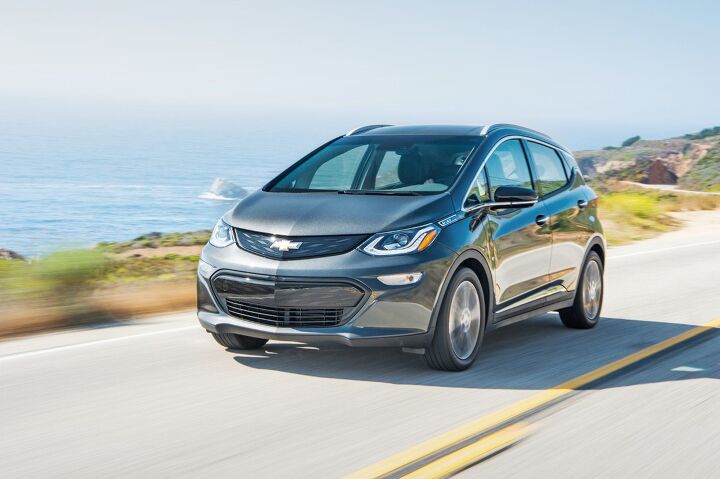
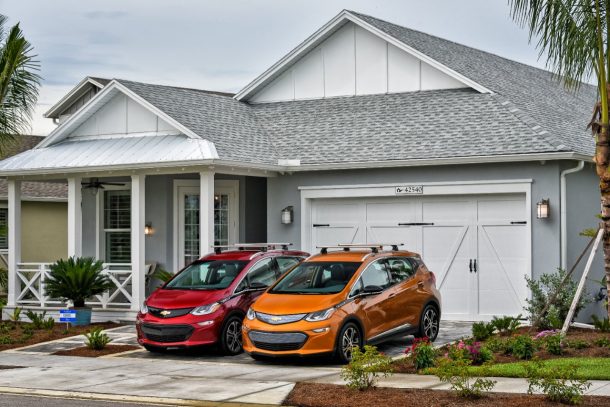

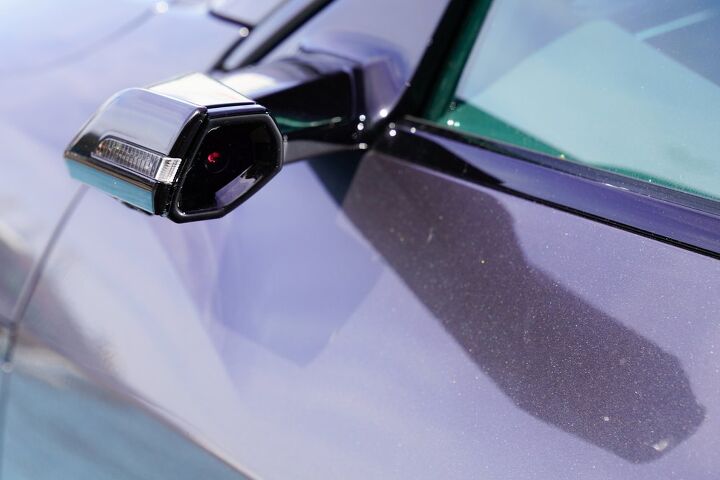




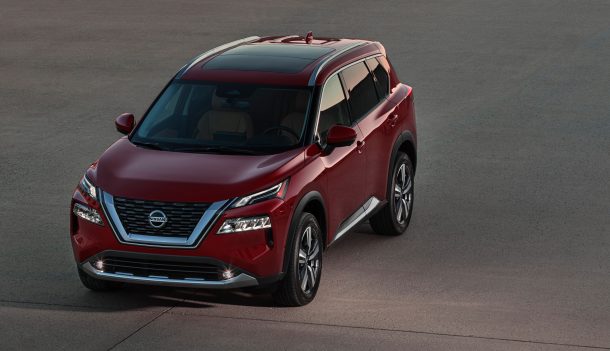




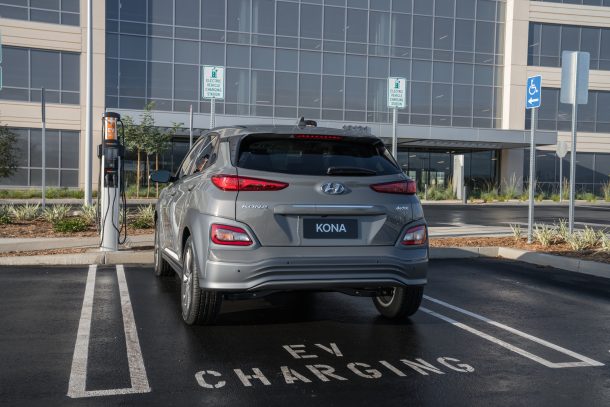












Recent Comments